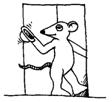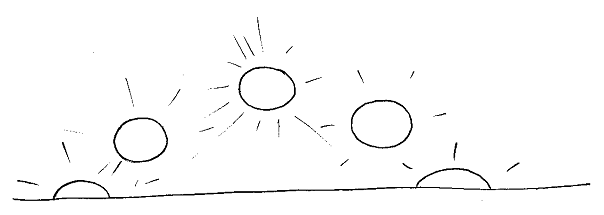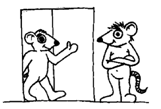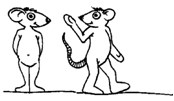1.1.
1. Jó napot kívánok!
Saying Hello and Thank you
Pages 5-6 in the printed book
Greeting people
1. The most frequently used greeting forms are
 |
Jó napot kívánok!
Viszontlátásra! |
 |
Literally Jó napot kívánok! means I wish a good day. It is a formal greeting which can be used any time of the day. Viszontlátásra! means Goodbye.
The following greeting forms can be used at more specific times. They also have a shorter form (in which the word kívánok – I wish is missing):

7:00-9:00 Jó reggelt kívánok! / Jó reggelt! (Good morning.)
9:00-18:00 Jó napot kívánok! / Jó napot! (Good day.)
18:00-22:00 Jó estét kívánok! / Jó estét! (Good evening.)
22:00- Jó éjszakát! (Good night.)
Informal language use is also quite common. It is used with family members, friends but nowadays it may be used almost everywhere if the speakers are all young. Informal greeting forms are:
 |
Helló!
Szia! |
 |
 |
Sziasztok! |  |
Sziasztok! is used only if one meets more people at the same time.
Saying thank you
You can use the following expression to say thank you:
Köszönöm.
Köszönöm szépen.
Köszönöm szépen means Thank you very much. The most common answers are:
Nincs mit.
Nagyon szívesen.